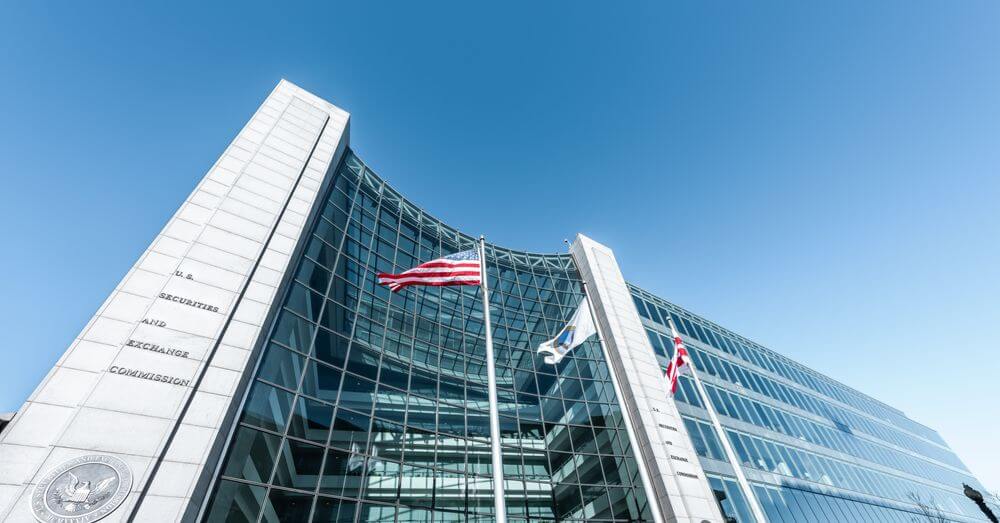ARTICLE AD BOX
The blockchain analytics specialist has released a due diligence product for stablecoins that's tailored to banks and compliance departments.
Sep 5, 2025, 11:11 a.m.
Stablecoins are fast becoming a mainstream payment vehicle and not just for legitimate transactions. Criminals, like everyone else, would rather avoid currency risk as they move large sums of money around.
That can make stablecoins like Tether's USDT and the USDC issued by Circle Internet (CRCL), whose values are pegged 1:1 to the U.S. currency, preferable to bitcoin BTC$112,182.64 and other potentially volatile cryptocurrencies, said James Smith, the founder of blockchain analytics firm Elliptic, even though the issuers of the dollar-backed tokens have the ability to freeze them.
Billions of dollars worth of stablecoins change hands every day — $94 billion in the past 24 hours, according to CoinGecko data — hence the need for a product like Elliptic's new due diligence toolset, which can scrutinize wallets and track assets as they hop from one blockchain to another. Catering to companies in mainstream finance, the tracking tools and dashboard can be applied to stablecoin issuers, such as Tether and Circle, the two largest in the almost $300 billion industry, and their main counterparties and distributors.
“It's an interesting and very attractive business to be in from a bank's perspective, because they can have a private company with billion dollars that they're looking for a bank to lodge that with,” Smith said in an interview. “So any sensible bank must be thinking, ‘How do I make sure that I am able to participate in this whilst aligning with the regulation as it is today and as it will evolve?’”
A number of big banks that work with the issuers are already using Elliptic’s Stablecoin Issuer Due Diligence product, although Smith could not reveal who these financial institutions are, he said.
The product is relevant to all stablecoin issuers operating today, not just the major ones, Smith said.
“We are not in a position to choose winners. Obviously, those issuers with the largest circulation of tokens will see the most activity. Tether has more activity and so the absolute amount of things will be higher, inevitably, because there's more activity in Tether than there is in Circle,” Smith said.
USDT, the industry leader, has $168 billion worth of tokens in circulation, more than double the No. 2, UDSC. From there the numbers drop off precipitously.
In terms of particular regions and blockchains that play host to nefarious activity, “China/Southeast Asia — USDT on Tron is very popular,” he said. The Tron blockchain was founded in 2014 by Justin Sun and is home to more than $78 billion of USDT, the largest destination after Ethereum's $85 billion, according to Tether's website.
As for fighting crime, most stablecoin issuers have the ability to freeze or blacklist specific wallet addresses, preventing them from transferring or redeeming the stablecoins they hold. This functionality is typically embedded in the smart contracts that also allow issuers to revoke previously granted approvals and burn or seize tokens, Smith said.
Last month, the T3 Financial Crime Unit, a joint initiative by Tron, Tether and blockchain analytics firm TRM Labs said it had frozen more than $250 million of criminal assets less than a year after starting up.
“Elliptic’s investigators have often observed illicit actors rapidly converting their assets to non-freezable stablecoins or to native assets during the early money-laundering stages to avoid disruption,” Smith said.
Elliptic’s Issuer Due Diligence app differs from other blockchain analytics tools that are static, investigation-heavy, and often require specialist skills to use, according to Smith.
“It offers a configurable dashboard rather than an investigative tool, provides custom clustering and dynamic historical insights to show how risk changes over time, and is designed to integrate seamlessly into financial institutions’ workflows with flexibility and privacy,” Smith said in an email.
More For You
Tether Held Talks to Invest in Gold Mining: FT

Tether's CEO Paolo Ardoino referred to the precious metal as "bitcoin in nature," in a conference speech in May.
What to know:
- Tether, the issuer of USDT, the world's largest stablecoin, is considering investing in gold mining.
- The firm has held discussions with mining groups about investments in the gold supply chain, including refining, trading and royalties, the FT reported.
- Tether already holds $8.7 billion in gold bars in a Zurich vault, according to its financial statements.
 11 hours ago
795
11 hours ago
795









 English (US) ·
English (US) ·